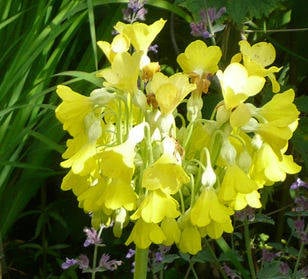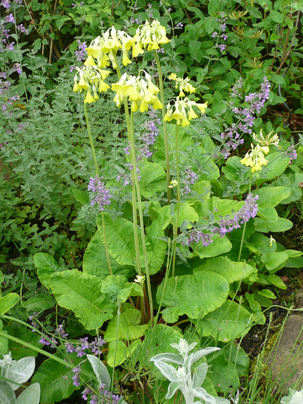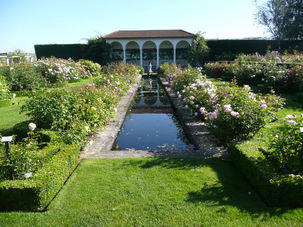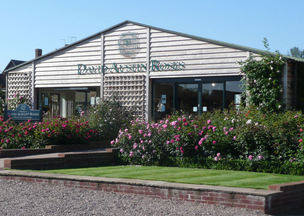 |
A recent day out at David Austin roses was great, for once the sun was shinning and the roses were in full bloom. When visiting gardens this summer often the roses have been in a sad, wet weathered state, but helped by the recent short spell of sun shine the roses at David Austin looked in fine condition.
Having decided to start a new project to make a rose arbor, it was a good excuse to head for David Austin. It really helps to see the roses in the garden, as well as set out ready to buy. Seeing their habit, flowers and form when growing does help when it comes to choosing the right rose. In addition the fantastic array of roses to be view and the chance to wander around smelling the various scents is a day out in itself.
Given that I was looking for long flowering roses, September is a good time to visit; anything still in flower has stamina especially after this summer. Whether the project will work is another question, the plot lies close to the water table and wet is a real issue. Even with land drains, it's wet and a summer like this is a disaster, and so planting roses maybe over ambitious. It's likely the project will have to extend to raised beds as well.
To me, this is typical of gardening, trial and error. The idea of an archway full of roses, clematis and mixed climbers is so attractive. Logically, it's a tall order given the growing conditions but as a gardener, I am keen to try, and hope I don't write it off to experience. I wonder what advise David Austin would suggest. However the project is put together, there is a lot of work to be done. The David Austin roses puchased are still in their containers, in pristine condition, great blooms, shiny disease free leaves and looking good. I wonder if they will be so healthy in 12 months.....If you like looking at roses David Austin is well worth a visit.
On the subject of moving forward, a few blogs ago I reported on some cheap bargain plants I had purchased astiny plug plants. They are coming on fine at present, almost ready to pot on; a full update soon.
|

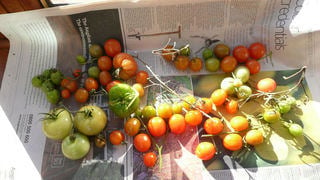 I cut them all from the plant, leaving the tomatoes on the vine and laid them on newspapers and cardboard in a warm sunny place, in this instance the conservatory but a window sill will do the trick as well. Over time, around 90% turned a robust red resulting in more pasta sauce and no green tomato chutney.
I cut them all from the plant, leaving the tomatoes on the vine and laid them on newspapers and cardboard in a warm sunny place, in this instance the conservatory but a window sill will do the trick as well. Over time, around 90% turned a robust red resulting in more pasta sauce and no green tomato chutney.
